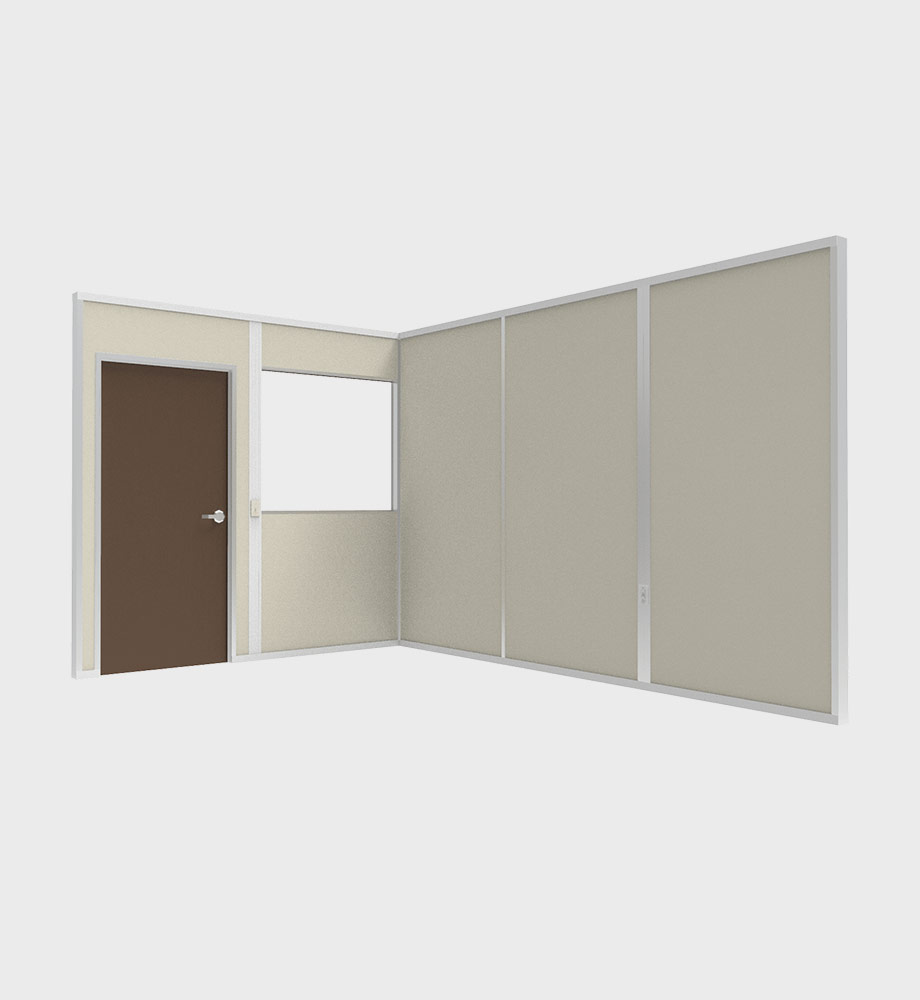Key Features
- Class A fire-rated FRP panels (often called “CTA panels”). Designed with glass fiber reinforcement and special fillers to achieve flame spread ≤25 and smoke ≤450. Available in various rib profiles (box, V-beam, corrugated) with opaque gelcoat finish. Thickness around 10–12 oz/ft² laminate weight. Formulated with fire-retardant resin and core mat.
Benefits
- Provide a fire-resistant barrier while remaining fully corrosion-proof. They protect against flame spread between sections of the tower. Lightweight and easy to cut/shape for field installation. Plus, they still resist UV, humidity, and chemicals as normal FRP does, requiring no paint.
Applications
- Used as interior fire partitions between cooling tower cells or to separate fans/exhausts. Also used where codes require rated cladding or shafts (e.g. at motor enclosures or maintenance walkways). Replaces plywood or gypsum wall panels in corrosive environments.
Technical Specifications
- Typical fire wall panels achieve ASTM E84 Class A rating and are often designated by codes like “CTA 4.2” or “CTA 5.33” (indicating rib size). Flexural strengths are usually >60 MPa, with density ~1.8 g/cm³. Certification data shows flame spread <25, smoke <200 in tests.
Unique Selling Points (USPs)
- Combines two critical properties: non-combustibility and corrosion resistance. Unlike ordinary FRP, these panels meet stringent fire codes. For example, Crane Composites’ CTA panels are explicitly “suitable for use when a Class A fire rating is required”, making them ideal where safety and longevity are both required.

